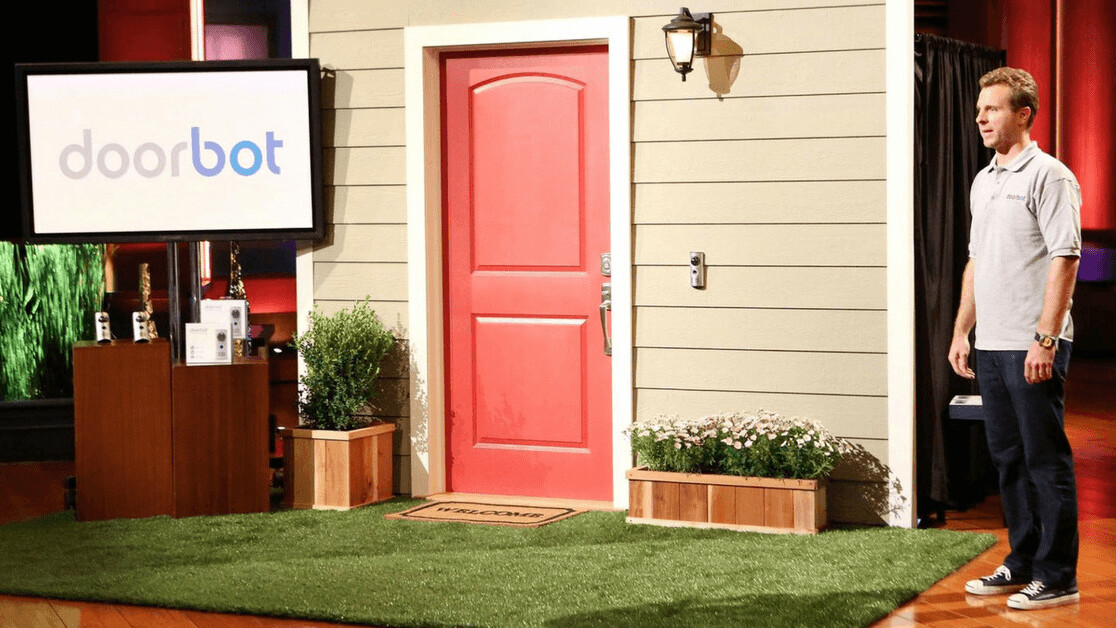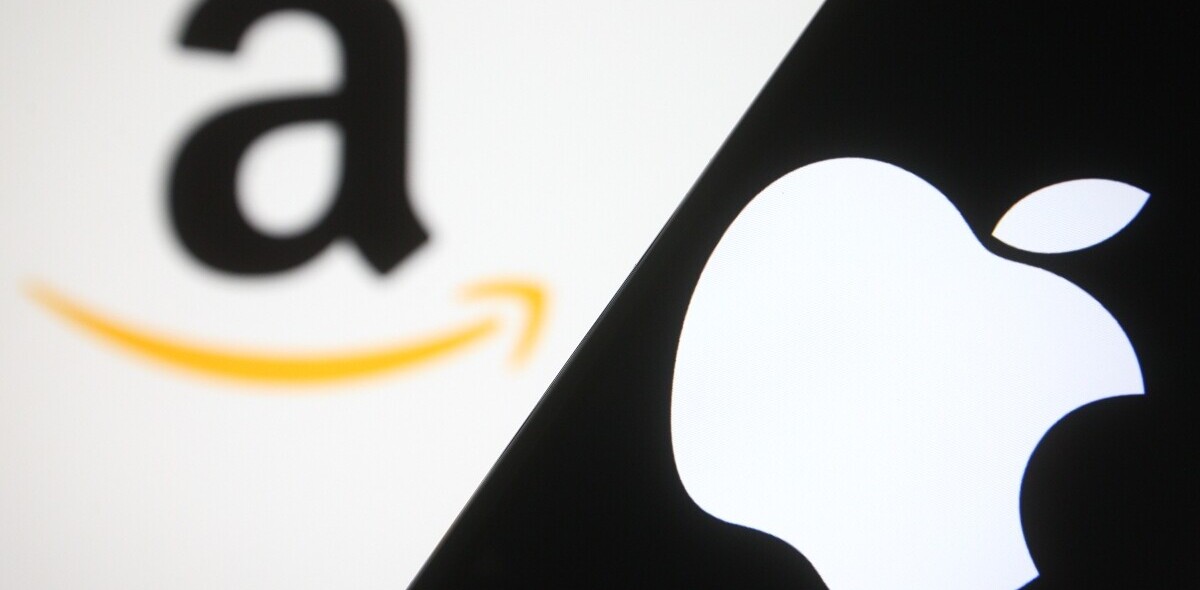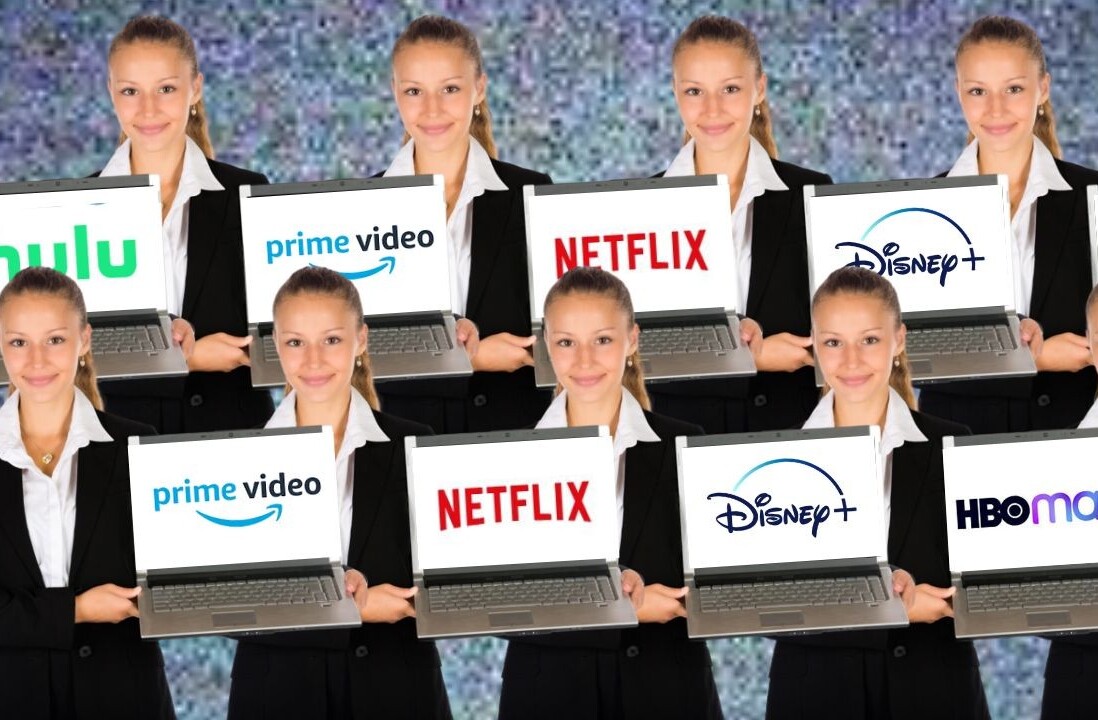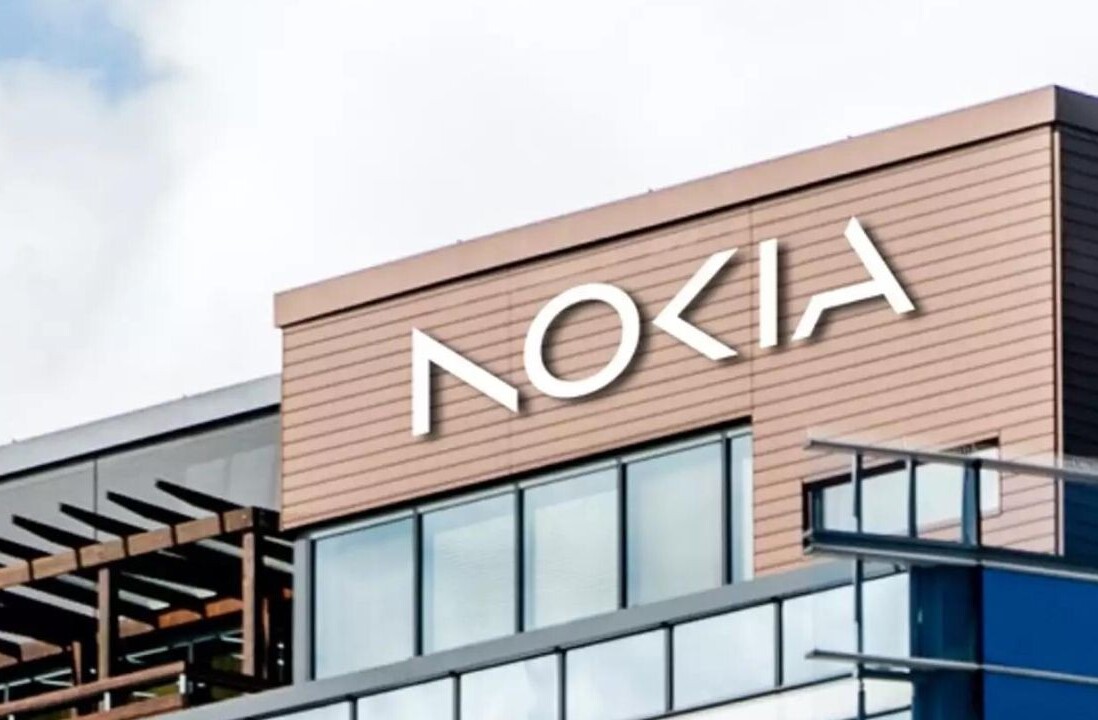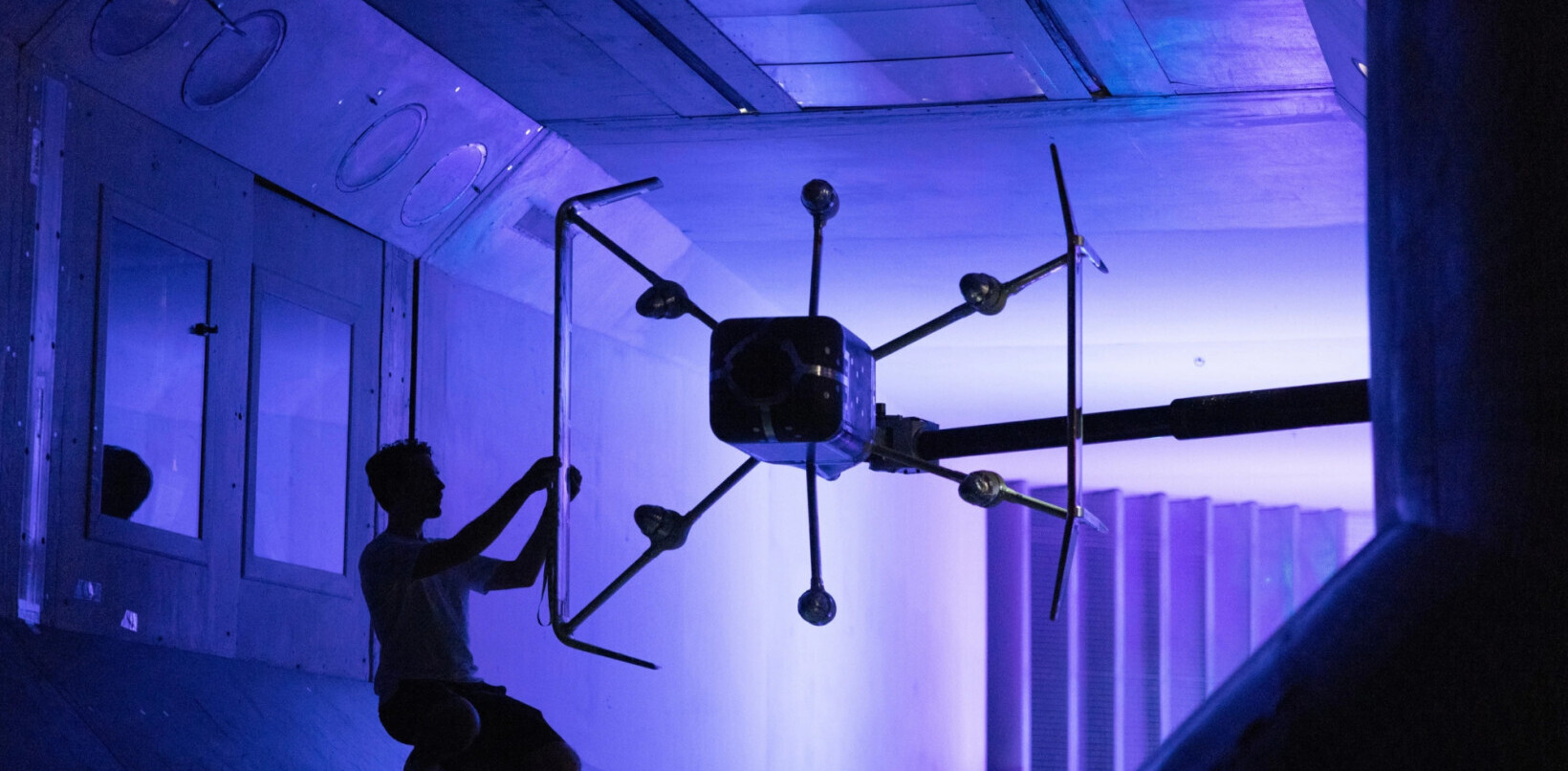Just five years ago, wireless doorbell company, Doorbot — now Amazon’s billion-dollar Ring — was a team of eight struggling to make ends meet in CEO Jamie Siminoff’s Pacific Palisades garage. Desperate for investment, Siminoff took a gamble and applied for season five of ABC’s ‘Shark Tank,’ where he’d try to convince several multi-million dollar tycoons to invest in his concept.
As Siminoff explains on his blog: “We had a good product and a great mission ‘to reduce crime in communities,’ but that alone wasn’t getting us where we needed to go. We applied to Shark Tank with the hope that maybe that would be the lucky break we needed to take us to the next level.”
After spending $10,000 constructing a set for the episode and a month perfecting the pitch while trying to run a business, the time had come. Siminoff gave it his all only to receive one unsatisfactory offer and no guarantee the episode would even air. Disappointed as he was, he returned to his garage and continued to work hard with his team because they knew they were on to something.
Harnessing serendipity: Ring found the trigger users care about
Like most great creations, serendipity played a massive part in the creation of DoorBot. As Siminoff explained during an interview:
I was actually working on something completely different [in the garage] which was a gardening startup and I couldn’t hear the doorbell. So I built, in my garage, this wifi doorbell and it was my wife who said it made her feel safer at home.
While the product itself is relatively simple — a video doorbell that lets you see, hear, and speak to whoever’s at your door remotely from your smartphone, it taps into something everyone cares about and that’s feeling safe. With a solid product behind him and a mission to reduce crime in neighborhoods, Siminoff turned this idea into DoorBot in 2012.
In November 2013, the team’s resilience really paid off when their Shark Tank episode finally aired. “Our lives changed forever,” Siminoff explained. “The bump we got from Shark Tank was not decent, it was extraordinary. It just absolutely throttled our revenue and awareness in the market from every level. Everything just popped after that,” he continued.
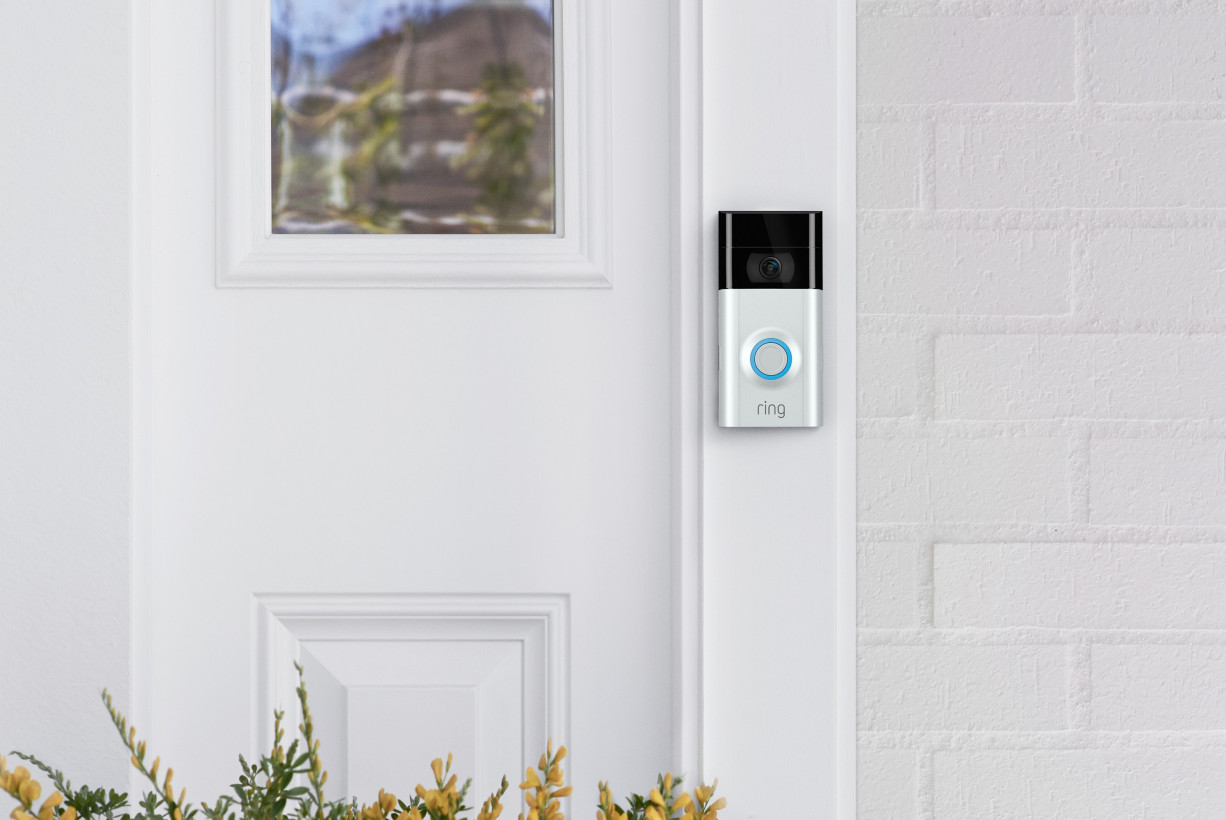
With this newfound momentum, Siminoff decided to rebrand the company to Ring in 2014 and released a wide range of home security products. He paid $1 million to buy the ring.com domain and that’s when things really started to take off.
Ring does more to reduce crime than just selling home security products
What makes Ring stand out as a brand is its genuine commitment to reducing crime. While it’s products obviously protect your front door, your home, and ultimately increase the safety of your neighborhood, Ring also has additional services that have a much wider impact.
Released last week was Ring’s new Neighbors app, allowing users to leave photos and comments on a map of their neighborhood to share suspicious activity in the community with fellow neighbors and law enforcement.
While they already had a similar service with Ring Protect, a paid add-on for Ring customers letting them save and share videos on the cloud, Neighbors, on the other hand, is free and accessible to anyone in the US, with roll-out dates elsewhere yet to be announced. This goes to show that Ring’s commitment to reducing crime goes far beyond their paid products.
Confirming this even further was the LADP Pilot Program carried out in 2015. After Ring donated 500 video doorbells to a specific area in Los Angeles, the LADP conducted a study of two neighborhoods — one with Ring doorbells installed on 10 percent of homes, and the other without.
“We saw a 55 percent reduction in burglaries in the neighborhood with the doorbell, while the other side saw no changes,” explained Tina Nieto, commanding officer of West Los Angeles police division.
The installation of all Ring products is DIY
While it sounds relatively simple, ensuring customers can install products themselves saves users and the company a whole lot of time and money. With only four screws required, as well as batteries that last up to six months, the product’s installation has been designed to be as simple as possible.
“Everything we do is all about DIY,” explained Siminoff. “If you want to make neighborhoods safer, you need to do it at scale. And to get to scale you can’t have someone go out and install [our product] on every home.”
Ring attracted some unanticipated but valuable attention
In 2015, a Ring customer was vacationing on Richard Branson’s private island resort and happened to get a notification that a UPS delivery driver was at his home in San Francisco. He spoke to him remotely through the app and after Branson saw the interaction, the billionaire investor was hooked.
In less than 48 hours, Siminoff had secured $28 million in funding from Branson, giving the company a then $60 million valuation. As Siminoff explained,“It’s like beyond surreal. I still can’t believe it.”

Branson wasn’t the only unexpected relationship that arose organically from Ring’s presence on the market. At CES 2015, NBA Legend and part-time Florida police officer, Shaquille O’Neal was strolling through the show floor looking at the latest tech gadgets on the market. After recently purchasing a Ring doorbell and loving it, when O’Neal saw the Ring booth he was eager to meet and thank the CEO.
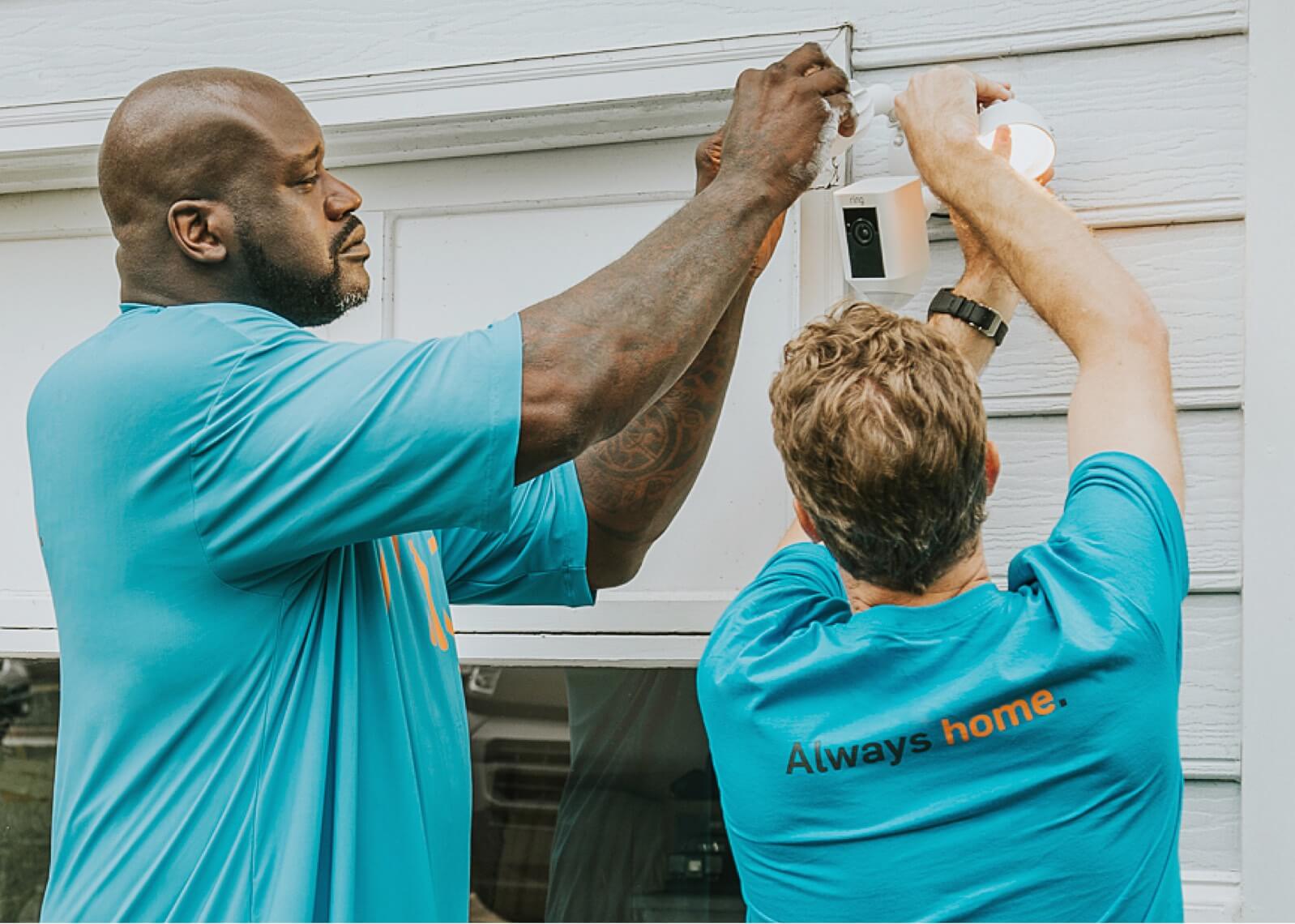
A few weeks later and the pair had struck a deal. Since then, O’Neal has helped Ring by endorsing their products on TV and online in exchange for an equity stake in the company. In 2017, Siminoff donated $1 million worth of Ring products which O’Neal helped to install across the state of Georgia to spread awareness about how to better secure your home. With Amazon’s recent acquisition of Ring for north of $1 billion, I’m sure that’s a deal O’Neal’s glad he made.
Looking ahead
While Siminoff is yet to comment about Ring’s future with Amazon, he’s pleased about their low involvement. “[The acquisition] doesn’t change the company and it’ll continue to let us do what we’re doing towards our mission of reducing crime in neighborhoods,” he explained.
After demonstrating that crime rates are dropping in ‘Ring neighborhoods’ in the US, Ring is now bringing its ecosystem to homes across Europe. With its European headquarters at TQ — a tech hub in the center of Amsterdam — Ring will continue with its mission of making communities safe.
Get the TNW newsletter
Get the most important tech news in your inbox each week.
